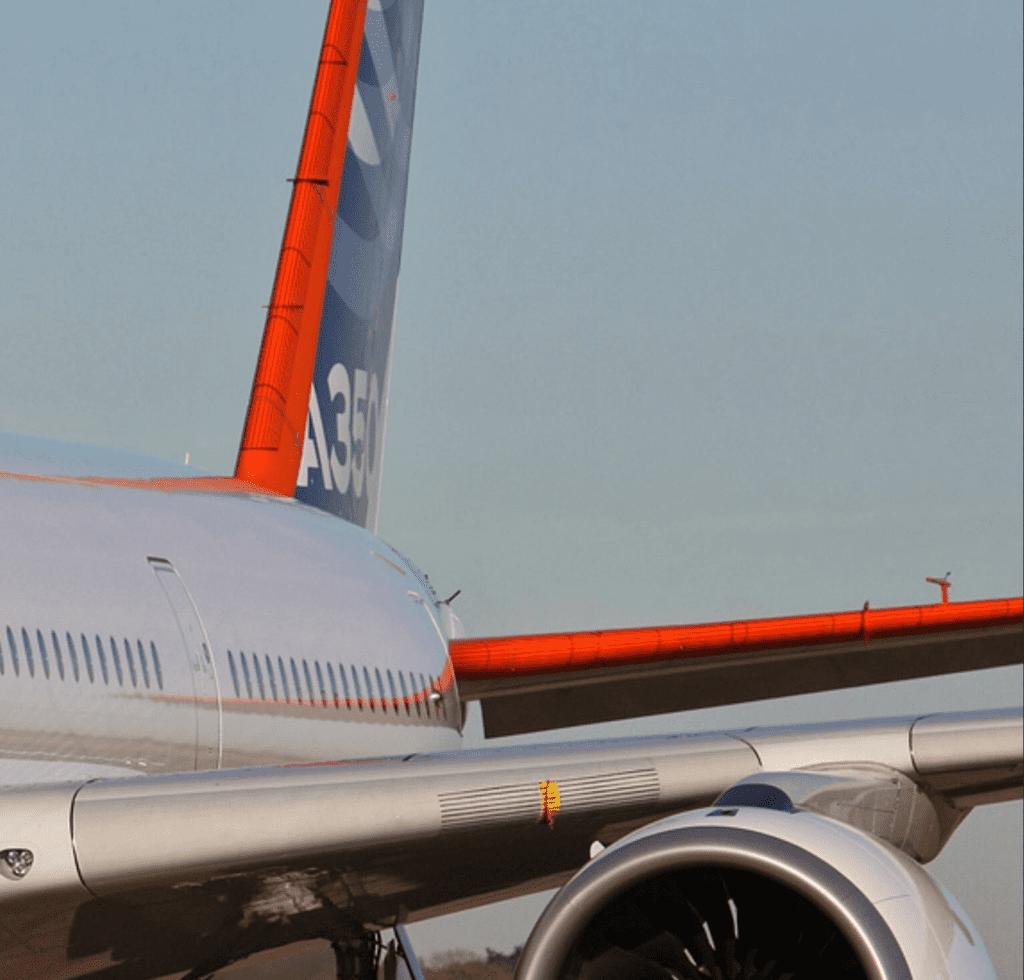
Most jetliners do not have vertical and horizontal stabiliser anti-icing. Some notable examples are the 737,747, 757, 767, 777, 787, A330, A340, A380 and A350. Long story short, none of the modern jet aircraft are equipped with an anti ice system for the tail surfaces.
How do we know that there is not a flaw in the system? Well, there has not been a single in flight icing crash involving a jetliner since the de-Havilland Comet. A 100% percent clean record!
So, what makes jet aircraft so special. First of all, jet airplanes spend a comparatively less amount of time in icing conditions. The ice formation is most severe between ground level and up to about 20,000 ft. A jet aircraft usually climbs out and maintain altitudes at mid 30,000 ft and up to 45,000 ft. At these altitudes the temperature is too low for any real ice formation. A turboprop, like an ATR cruises in the most severe icing altitudes. Hence, they need extra help with de-icing boots fixed to the horizontal stabiliser. Secondly, jet airplanes fly faster through the air. This heats up the air around the air frame due to kinetic heating and adiabatic heating. The raised temperature increases the effective temperature felt by the aircraft giving a margin to ice formation.
The size of the control surfaces play a big role too. As jetliners are larger, they have bigger control surfaces which makes the surfaces more immune to icing. That is, they remain effective even with a considerable amount of icing on them. The radius of the leading edges of these surfaces are also significantly greater, which reduces the icing on them, as ice generally loves thin edges. This is why, jet aircraft only have anti icing near the wing tip as well. The larger radius of the wing leading edge near the root make it less susceptible to icing. In the A320 for example, only the three out most slats are heated.
Lastly, this is all tested to make sure they meet the certification requirements. The aircraft manufactures create artificial ice shapes and glue them to the non-protected areas of the aircraft and fly them to check the flight characteristics of the aircraft. This is compared against an icing model which was proposed by FAA back in late 60s. From what I read, they use 3 inch ice casts for testing purposes.

The Airbus A350 with ice casts placed on its non protected areas for testing
Author – Anas Maaz (Airline Pilot)





